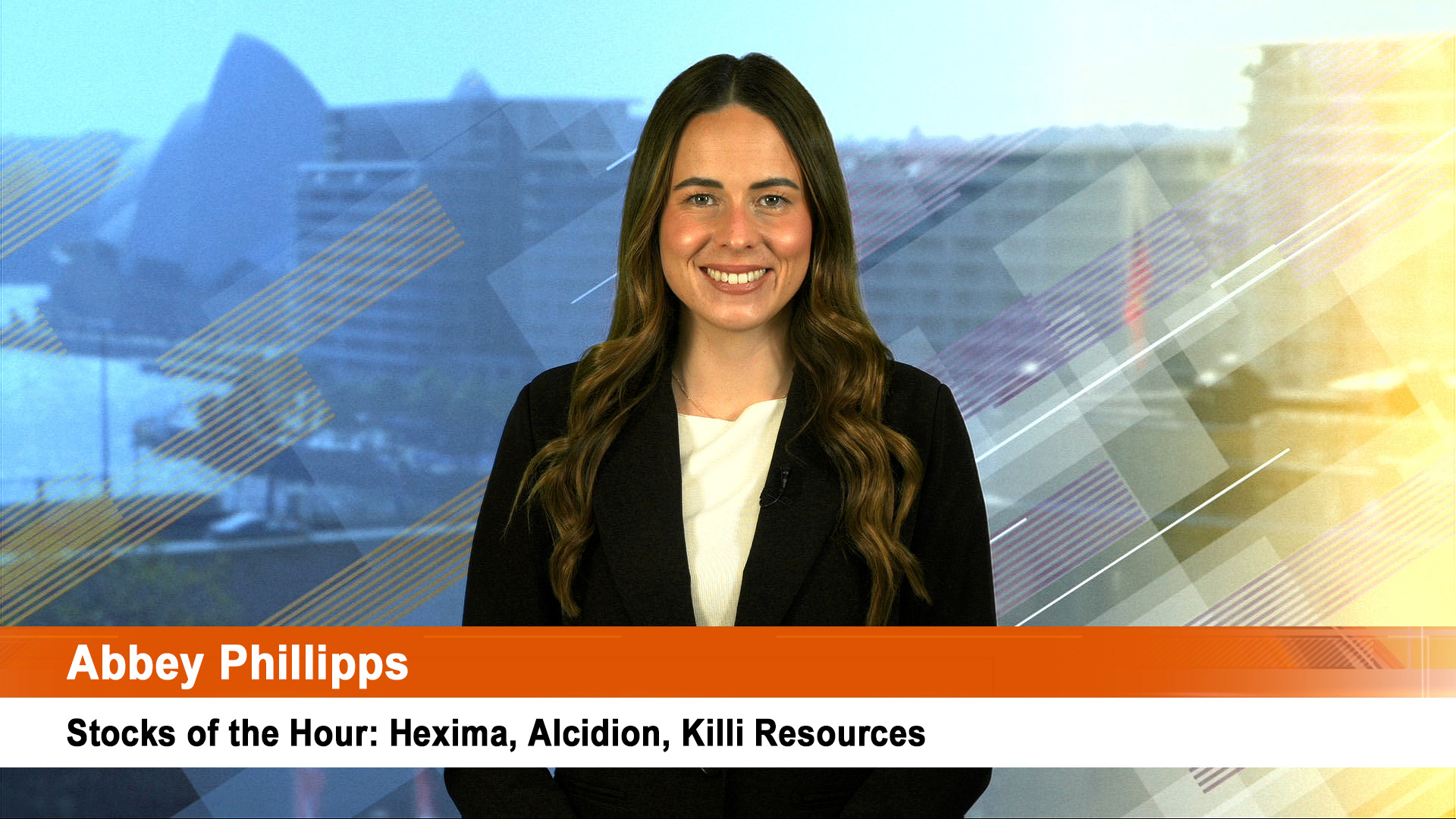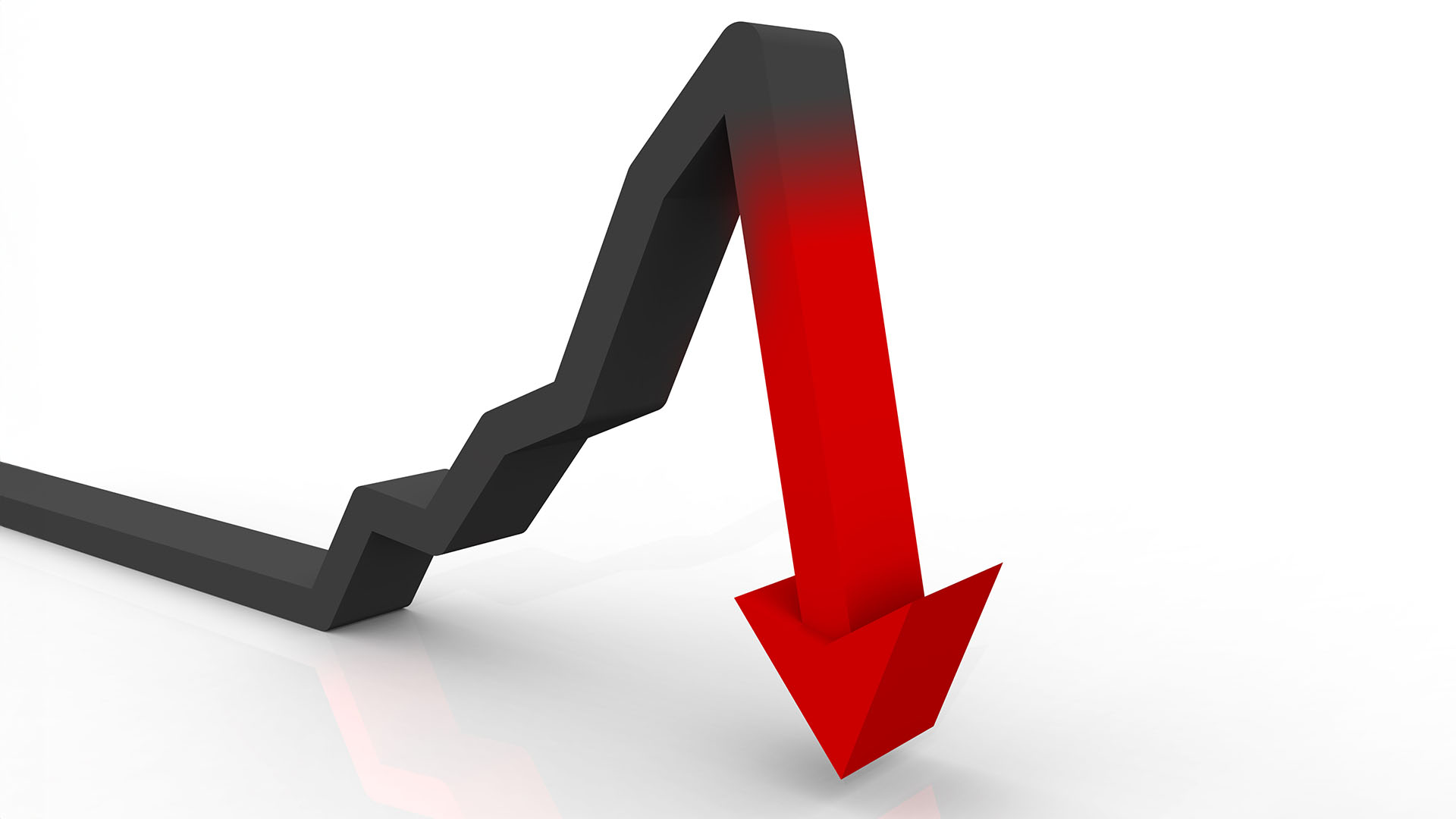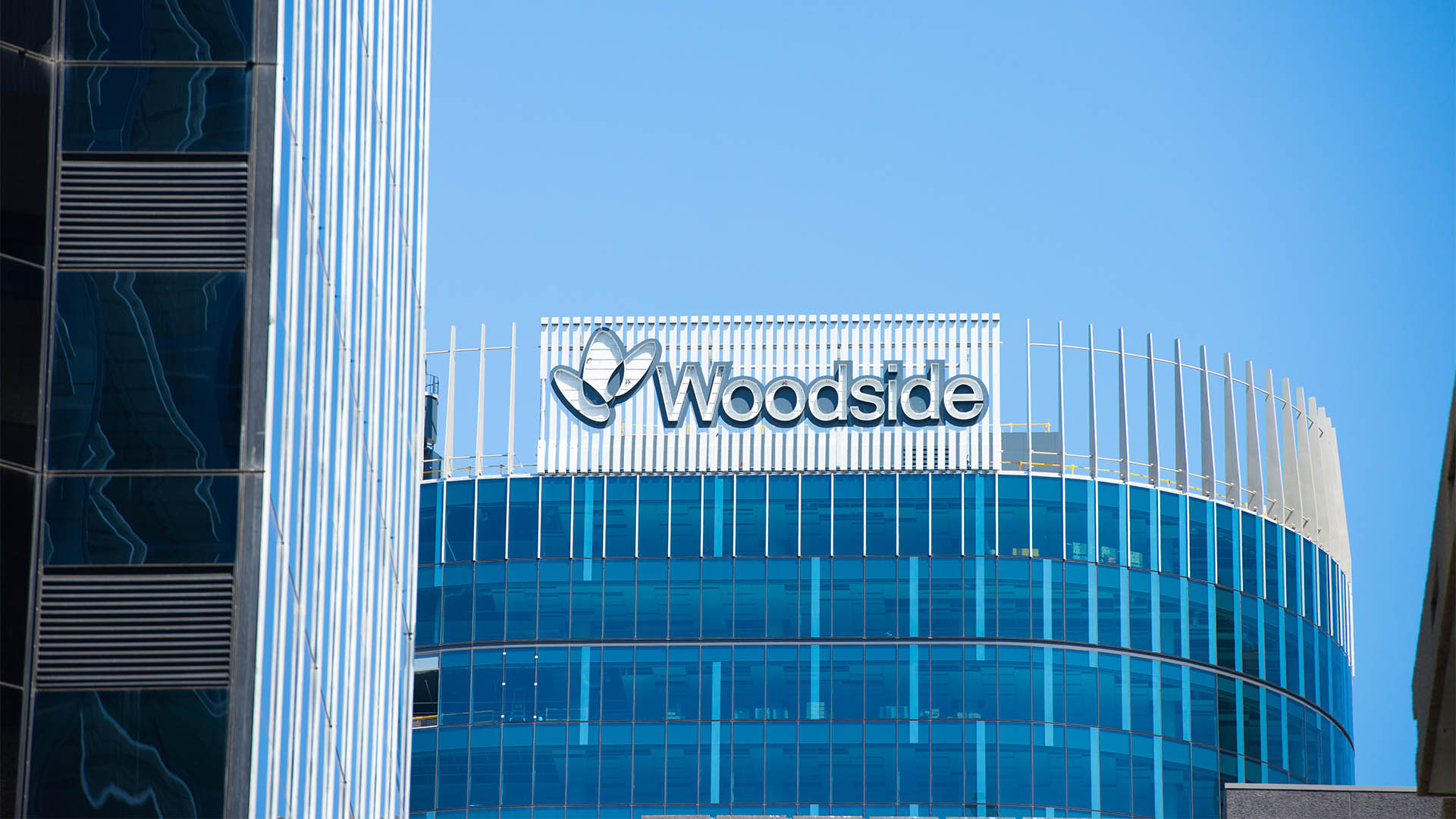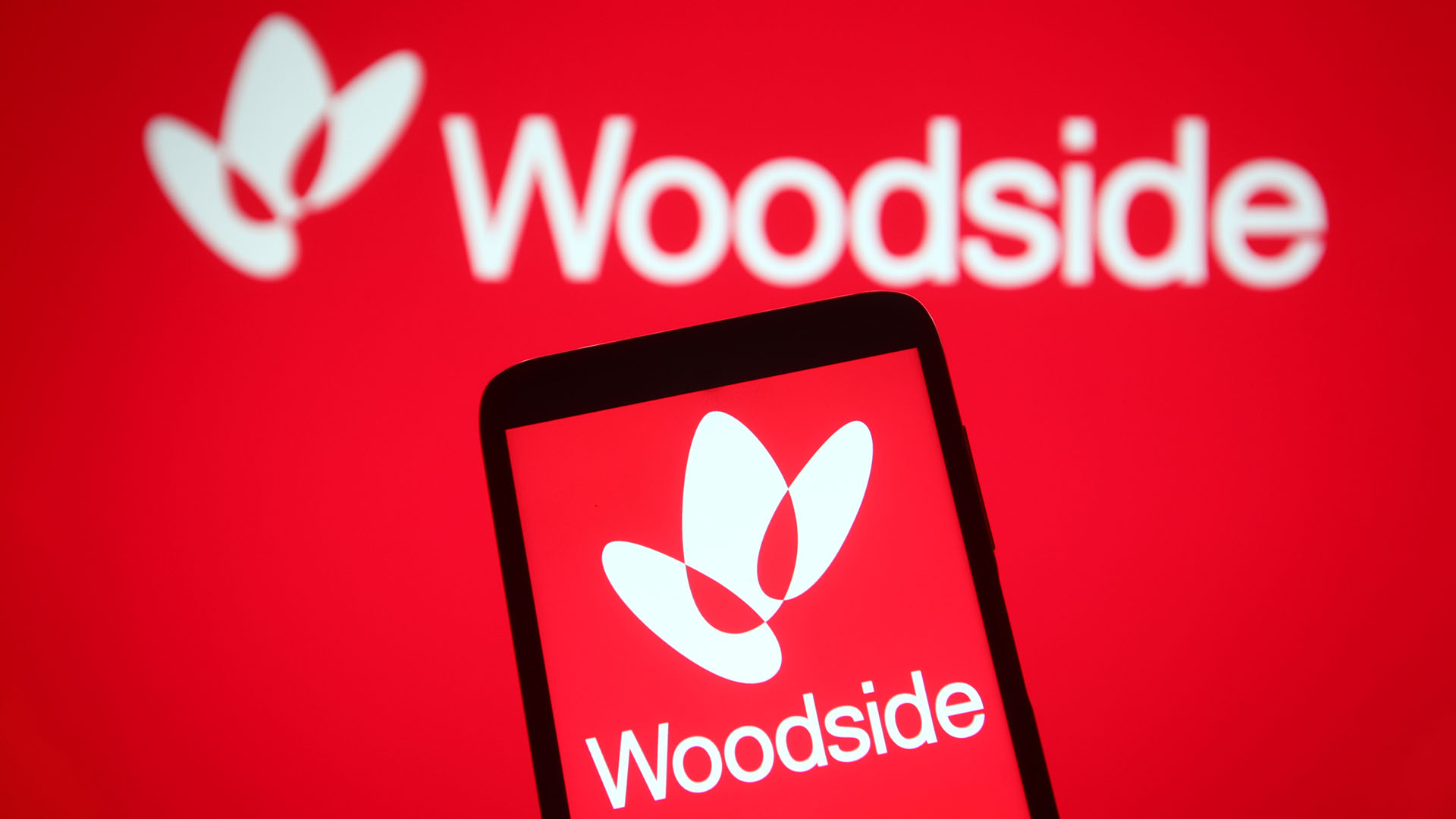Solid signs of an economic rebound from across the Tasman as the NZ economy saw its best growth for two years in the December quarter of 2009.
Higher consumer spending, manufacturing and house construction boosted quarter on quarter growth to 0.8% (which was almost as good as Australia’s 0.9% growth rate in the same quarter).
This is good news for the big four Australian banks (which dominate New Zealand as well), Woolworths, Fairfax, APN, Harvey Norman and the other Australian companies operating across the Tasman.
The latest growth figures from Statistics New Zealand followed a revised 0.3% rise in the third quarter and 0.2% in the June quarter.
Before that there were five successive quarters of contracting growth.
The figures show that GDP contracted 1.6% in the year ended December 2009 compared with the year to December 2008. Growth from the 4th quarter of 2008 was 0.4%.
In Australia the economy grew 2.7% over 2009.
The rise was on par with market forecasts and a bit ahead of the Reserve Bank of New Zealand’s 0.6% forecast.
The central bank is forecasting growth this year of 1% and the GDP figures and other data since the start of the year still have it on track to look at lifting rates mid year.

Finance Minister Bill English said while positive signs were evident in the data, more work was needed for a sustainable recovery that created jobs and lifted incomes.
"Our economy faces numerous challenges and that is reflected in consumer confidence figures which have dipped in the first part of this year", he was quoted in Fairfax papers.
The May budget would set out the next steps to lift economic growth by tilting the playing field towards productive investment, exports and new jobs, Mr English said.
He said that included a drive to cut government spending. Tax cuts are also planned, according to reports.
A seasonally adjusted 4.5% jump in manufacturing helped drive the growth spurt. That came after seven consecutive quarters of decline.
Main contributions to the quarterly rise in manufacturing were a 5.4% rise in food, beverage, and tobacco manufacturing, an 8.1% rise in metal product manufacturing, and a 6.1% lift in petroleum, chemical, plastic, and rubber product manufacturing.
The Statistics NZ figures showed wholesale trade, up 2.7% (after seven consecutive quarters of decline), while retailing rose 1.7%.
The rural sector was weak with a seasonally adjusted 1.3% decline in the quarter, although agriculture rose by just over 1% as a rise in milk production partly offset a fall in livestock production.
Mining dropped 7.6%, thanks to a drop in exploration after a big rise in the previous quarter.
Construction fell 0.6%, with a fall in non-residential building partly offset by a 4.8% rise in residential building.
What NZ calls "goods-producing industries" – manufacturing, electricity, gas and water and construction – rose 3% in the latest quarter.
For the year to December the goods-producing industries fell 8.2%, with manufacturing down 10.4% and construction down 8%.
Household spending on durable goods rose 1.4%, thanks to consumers spending more on furniture and major appliances, recreational goods and used vehicles.
Household spending on non-durable goods rose 1.3% during the three months, as spending on alcoholic beverages rose, but was partly offset by a fall in purchases of petroleum products.
Business investment fell 2.5% (a big difference to what is happening in Australia), exports fell 0.9%, with lower dairy products, log exports and lower spending by tourists.
Imports of goods were up 7.6% in the quarter. The main increases in imports were for plant, machinery, transport equipment and cars.
Exports of goods were down 0.3%, with volumes of dairy products down 7.1%.
Overall, net exports subtracted from growth.
Excluding exports and imports, gross national expenditure jumped by a strong 3% in the quarter, a real sign of the improved state of mind by consumers in particular, plus some areas of business.
The expenditure measure of GDP, which is released concurrently with the production measure and is conceptually the same, was also up 0.8% in the December 2009 quarter.
The volume of goods and services purchased by New Zealand households (household consumption expenditure) was up 0.9% in the December 2009 quarter. Demand for both durable goods (used cars and furniture and major appliances) and non-durable goods (mostly alcoholic beverages) increased this quarter, while household demand for services fell.













